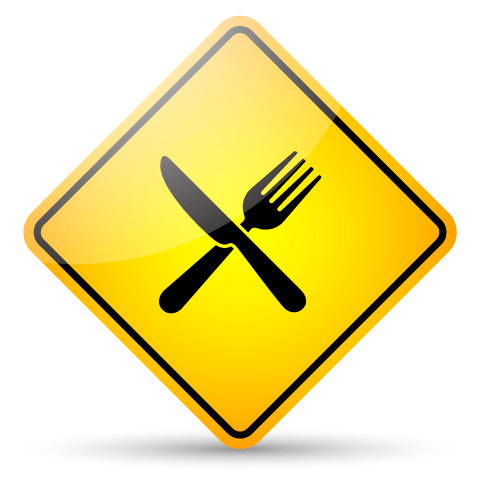One in 13 children has a food allergy. Children can be allergic to any food, but the most common food allergens in young children are milk, peanuts, tree nuts, soy, wheat, eggs, fish, shellfish, and sesame. To keep children safe, caregivers should:
Be prepared when caring for a child with a food allergy.
- Ask if the child has an Emergency Action Plan from their doctor. If so, request it and read it.
- Read food labels and avoid allergens; never assume you know the ingredients.
- Wash hands before and after snacks/meals and wipe down tables, chairs, and playground equipment.
- When preparing or serving food, avoid cross-contact with utensils (e.g., using the same spoon, spatula, or scoop).
- Ask parents about previous reactions, necessary precautions, and how to use the child’s epinephrine autoinjector.
- Know where their medicine is kept and take it with you when you go outside or on field trips.
Watch for reactions to allergens.
Suspect an allergic reaction is happening if a child has mild or severe(*) symptoms in any of the following body systems:
- Mouth: swelling of the lips and/or tongue
- Skin: itching, hives, redness, or swelling
- Stomach: vomiting, nausea, or stomach pain
- Lungs: wheezing, coughing, or tightness* in the chest/trouble breathing
- Heart: dizziness*, weak pulse*, or fainting*
A mild reaction typically includes only one of these five body systems. A severe reaction includes any severe symptoms and/or more than one body system. A severe reaction is called anaphylaxis, which can be life-threatening.
If a child has trouble breathing, has a weak pulse, or faints—or if there are symptoms within two or more of the body systems listed above —administer epinephrine and call 911.
Teach all children to be careful.
At meal/snack time, we want every child to:
- Stop before they eat.
- Look at their food.
- Ask if it’s okay.
- Go eat the food only if an adult says it’s okay.


 PDF
PDF